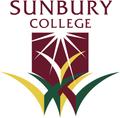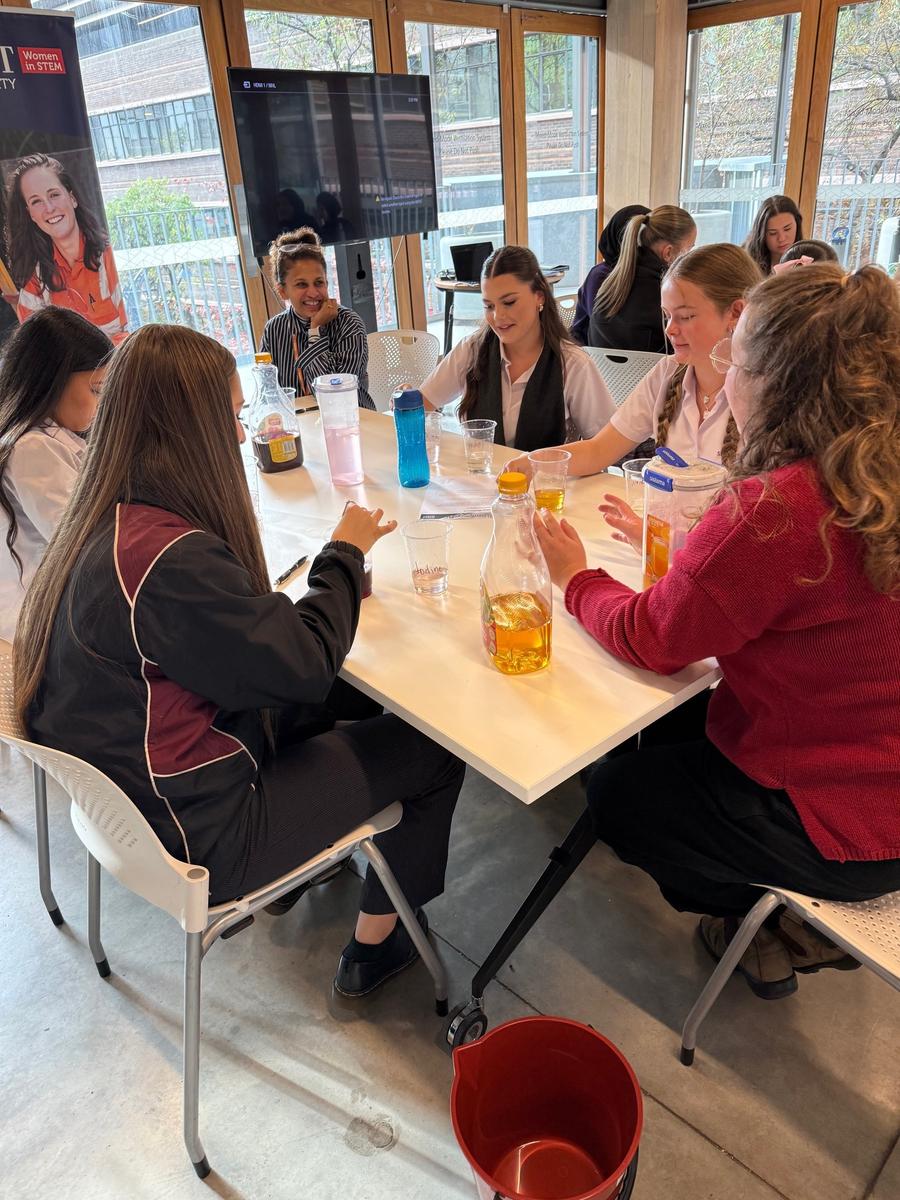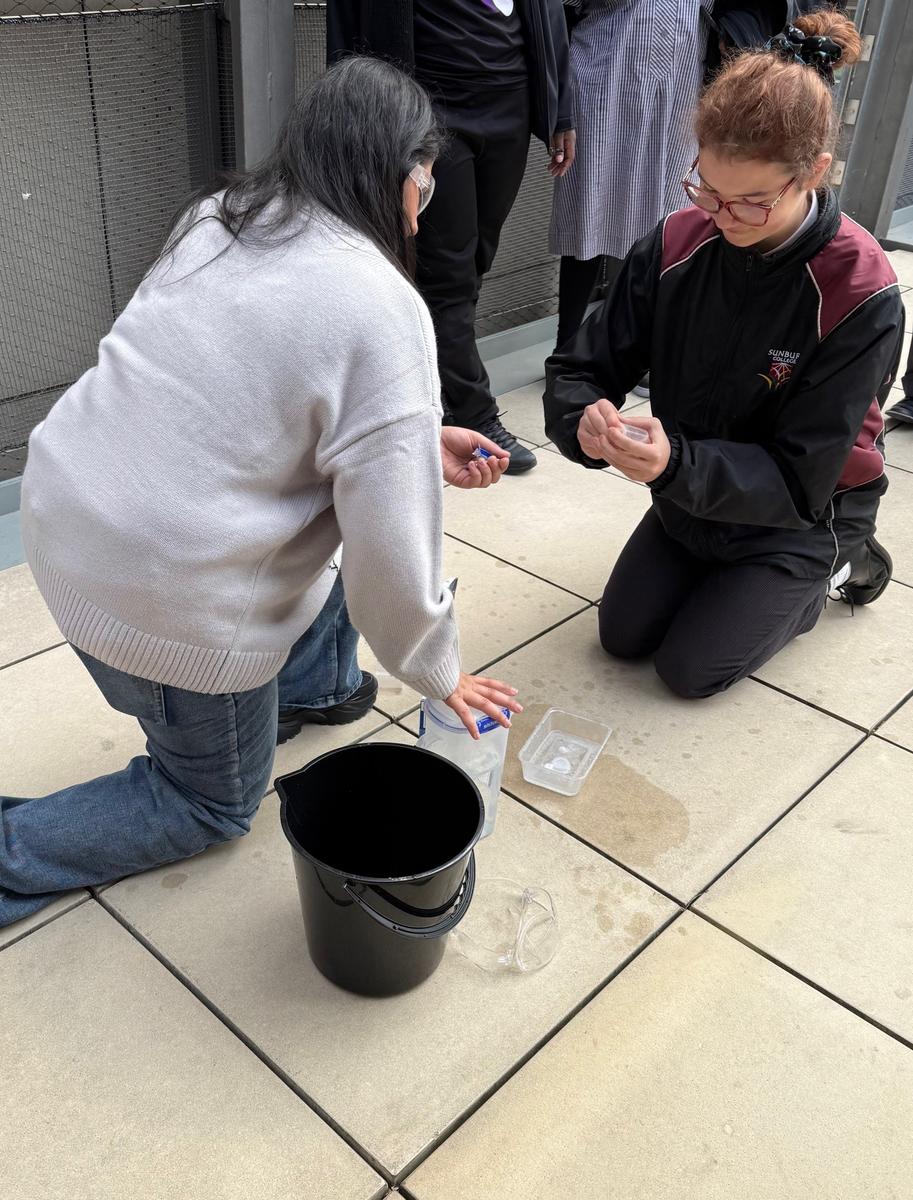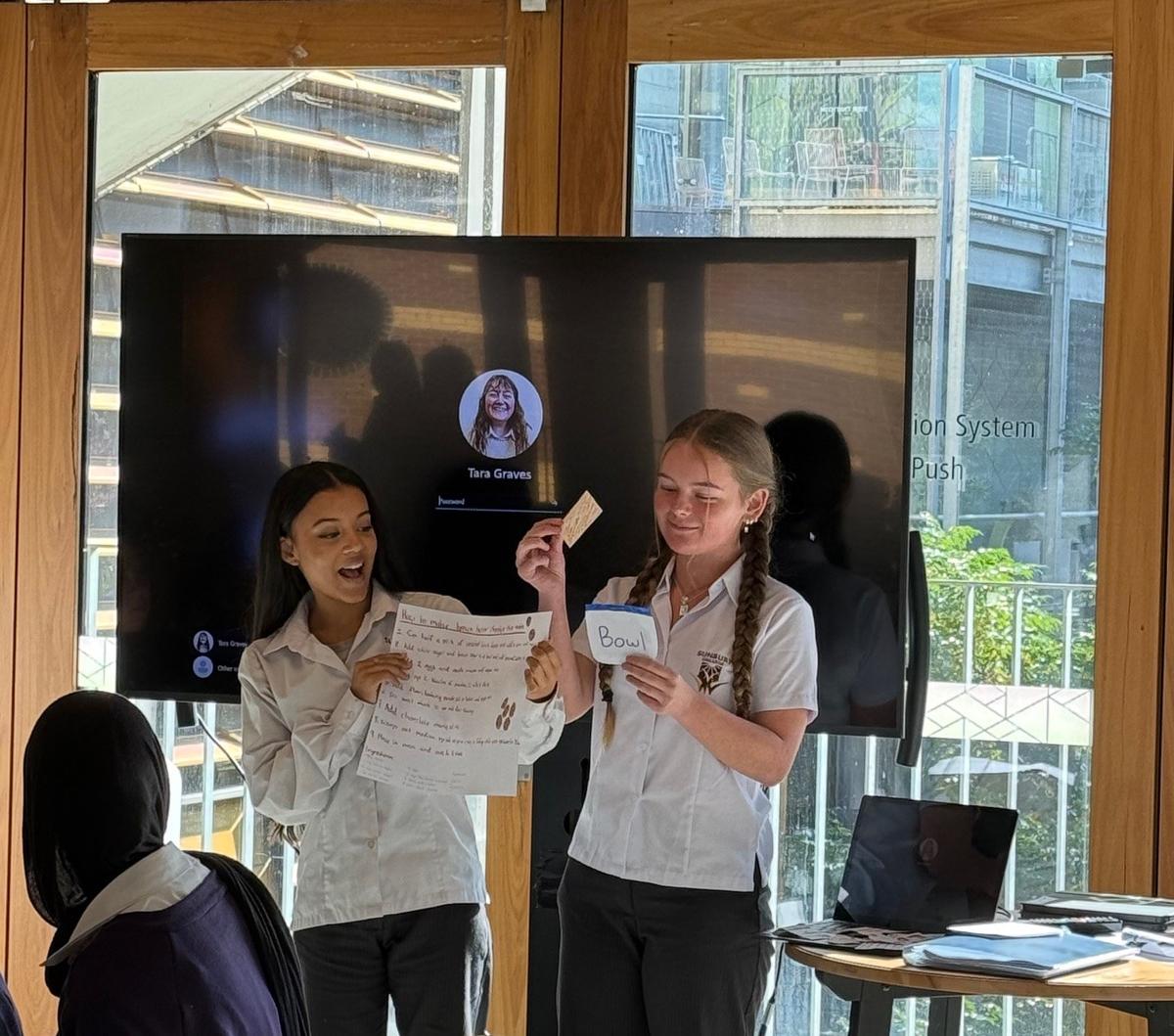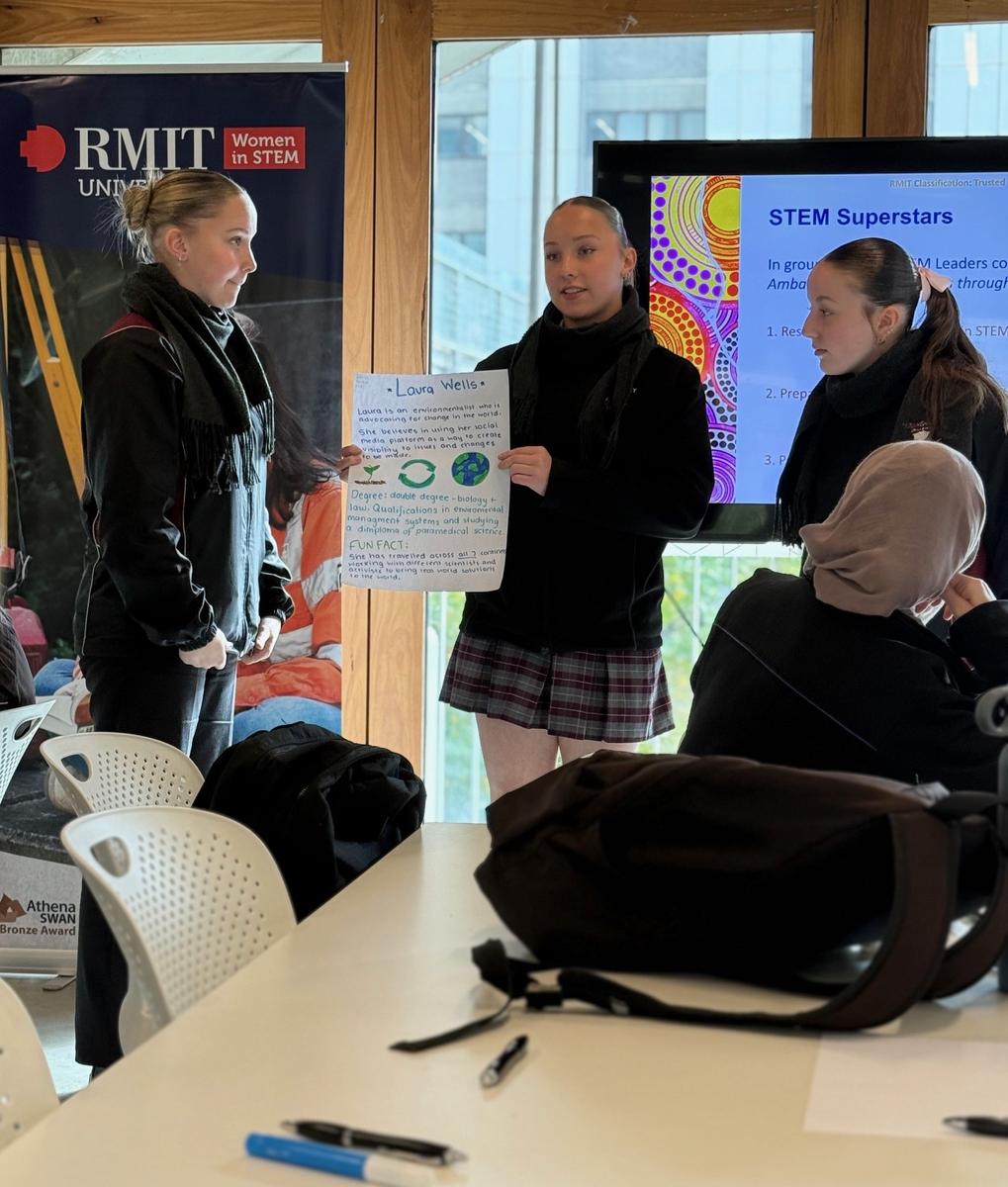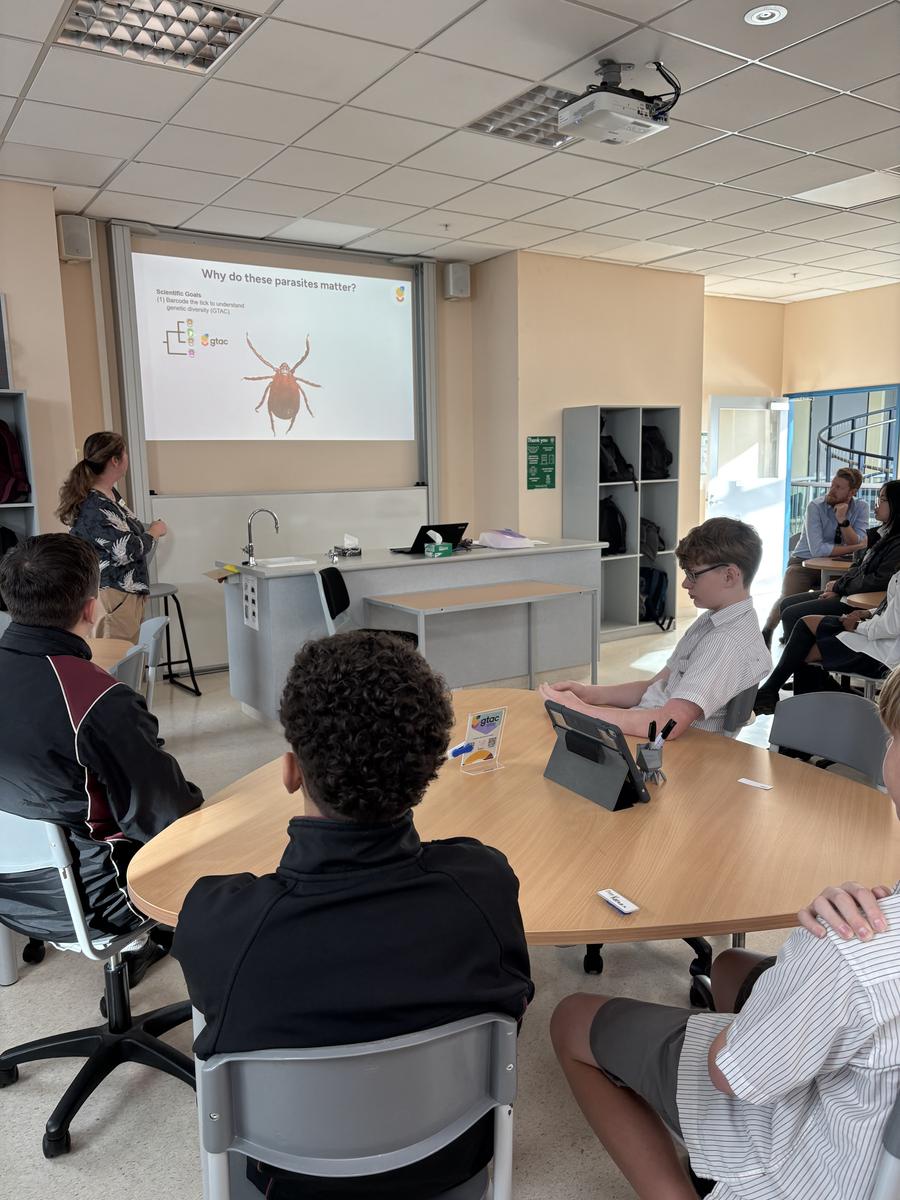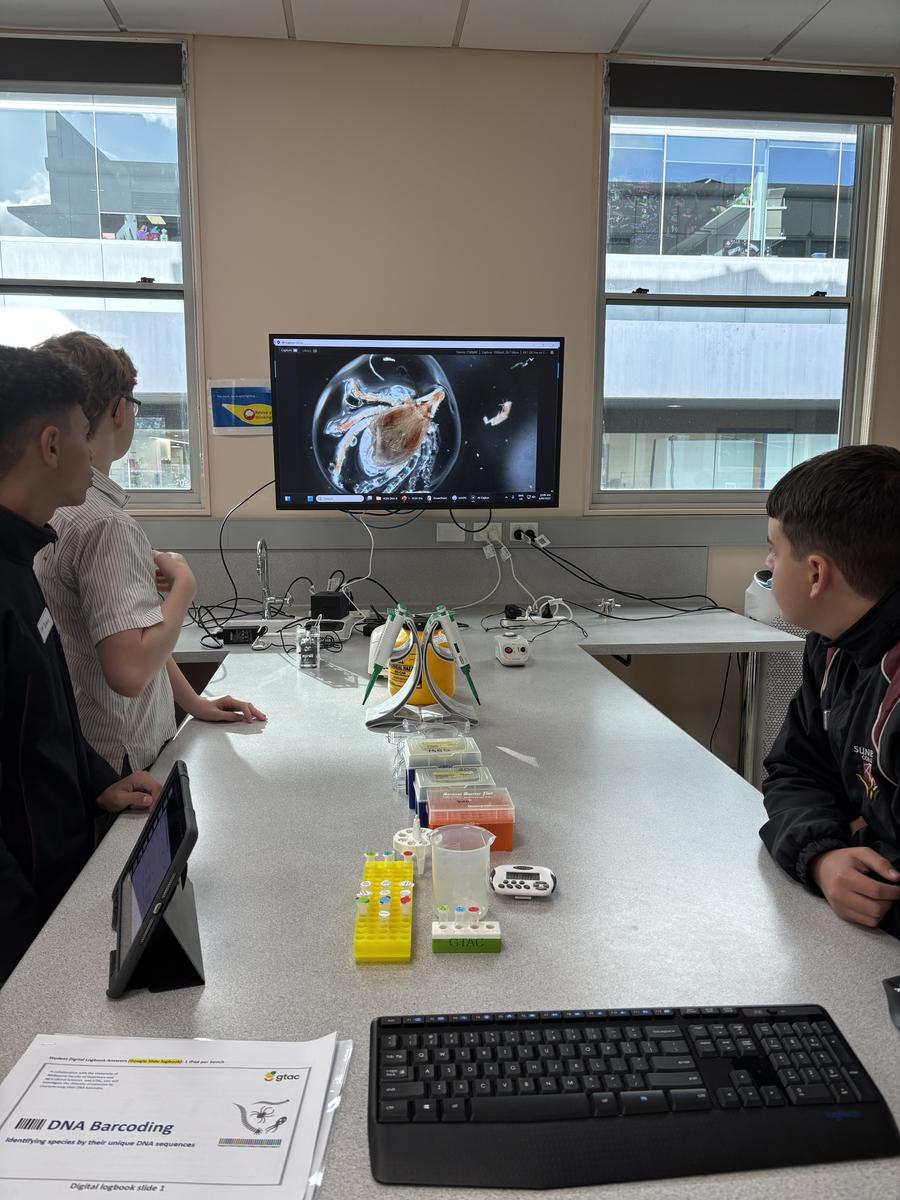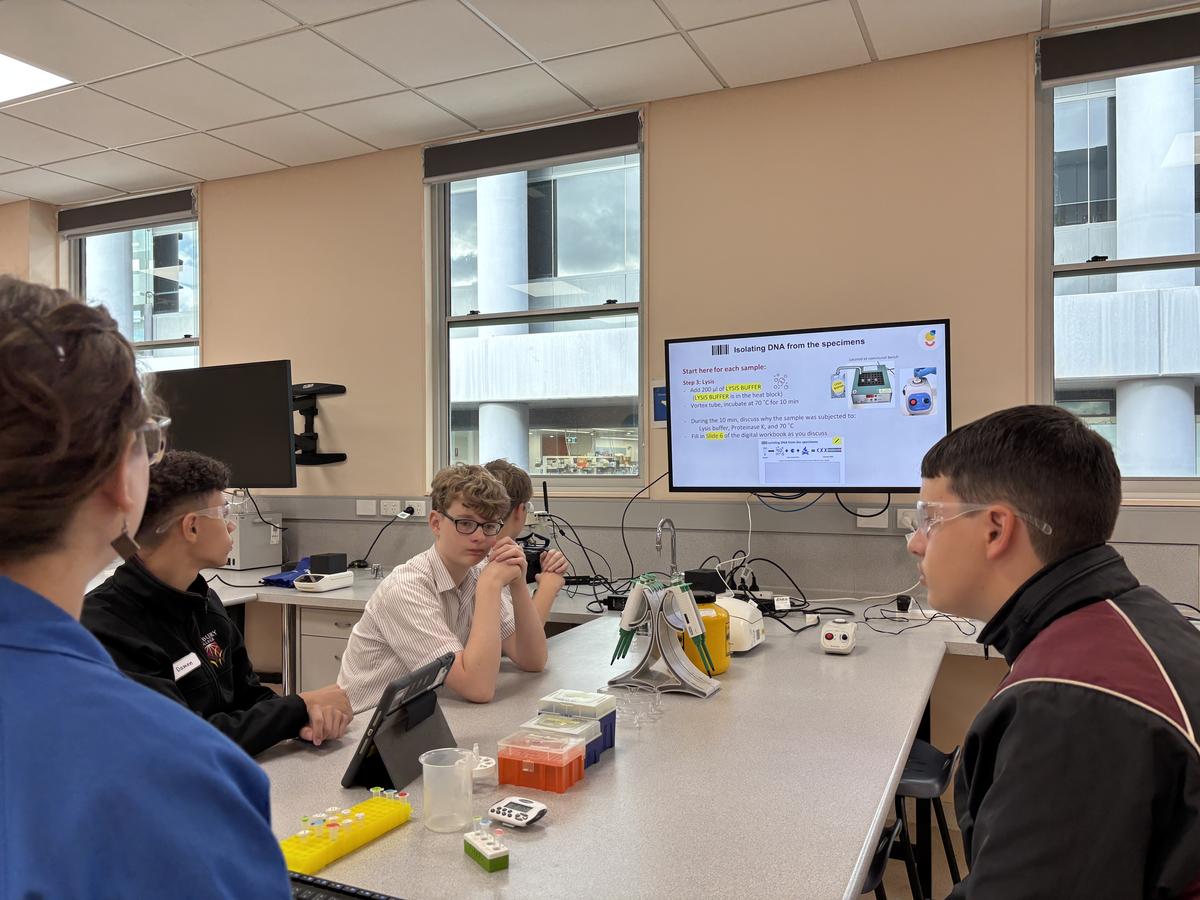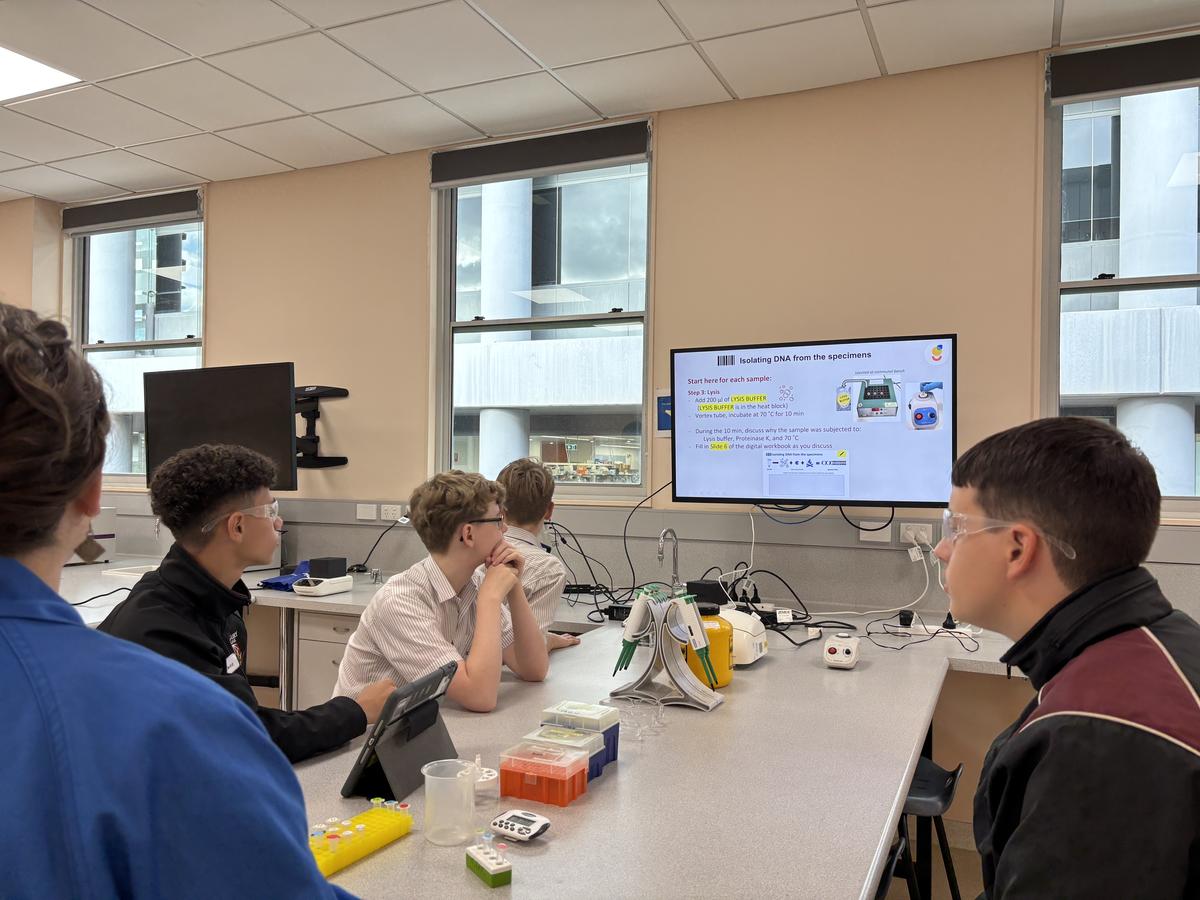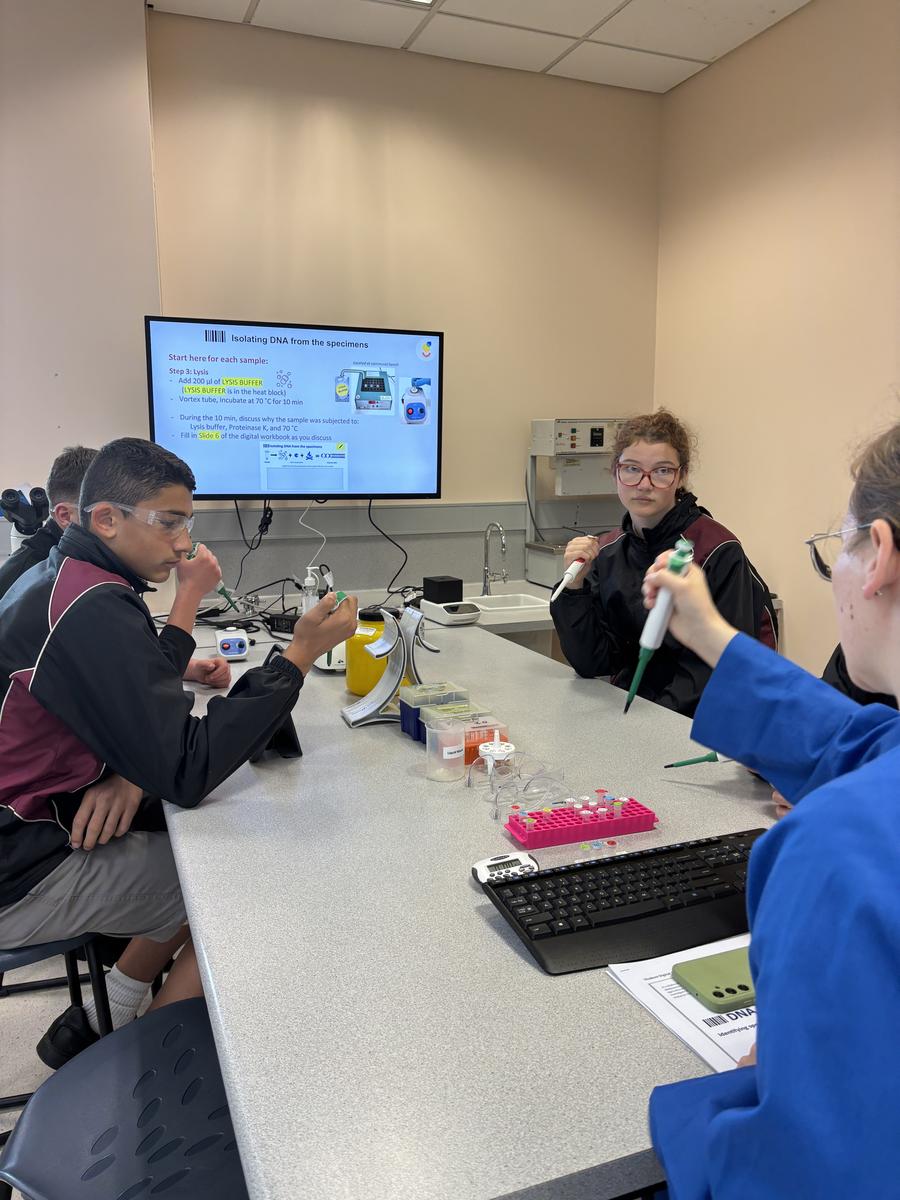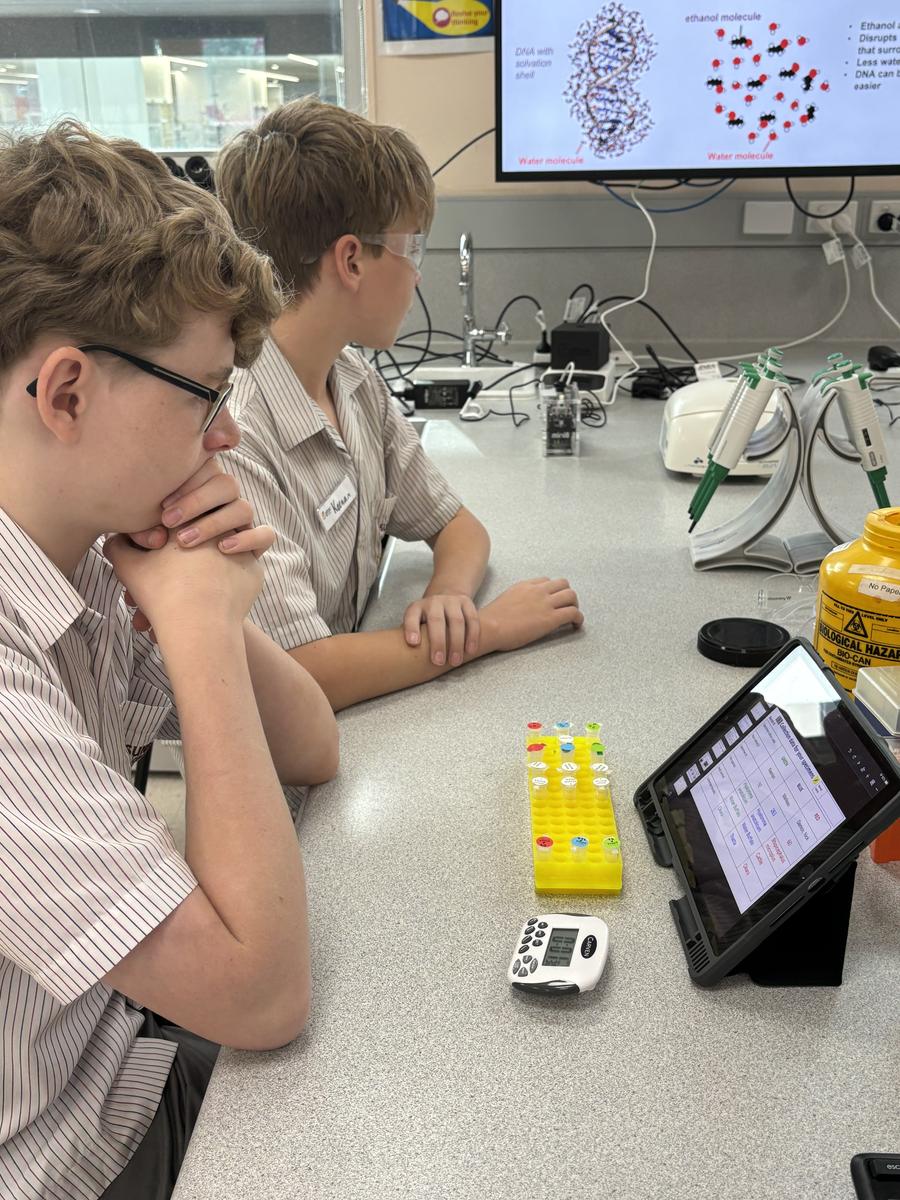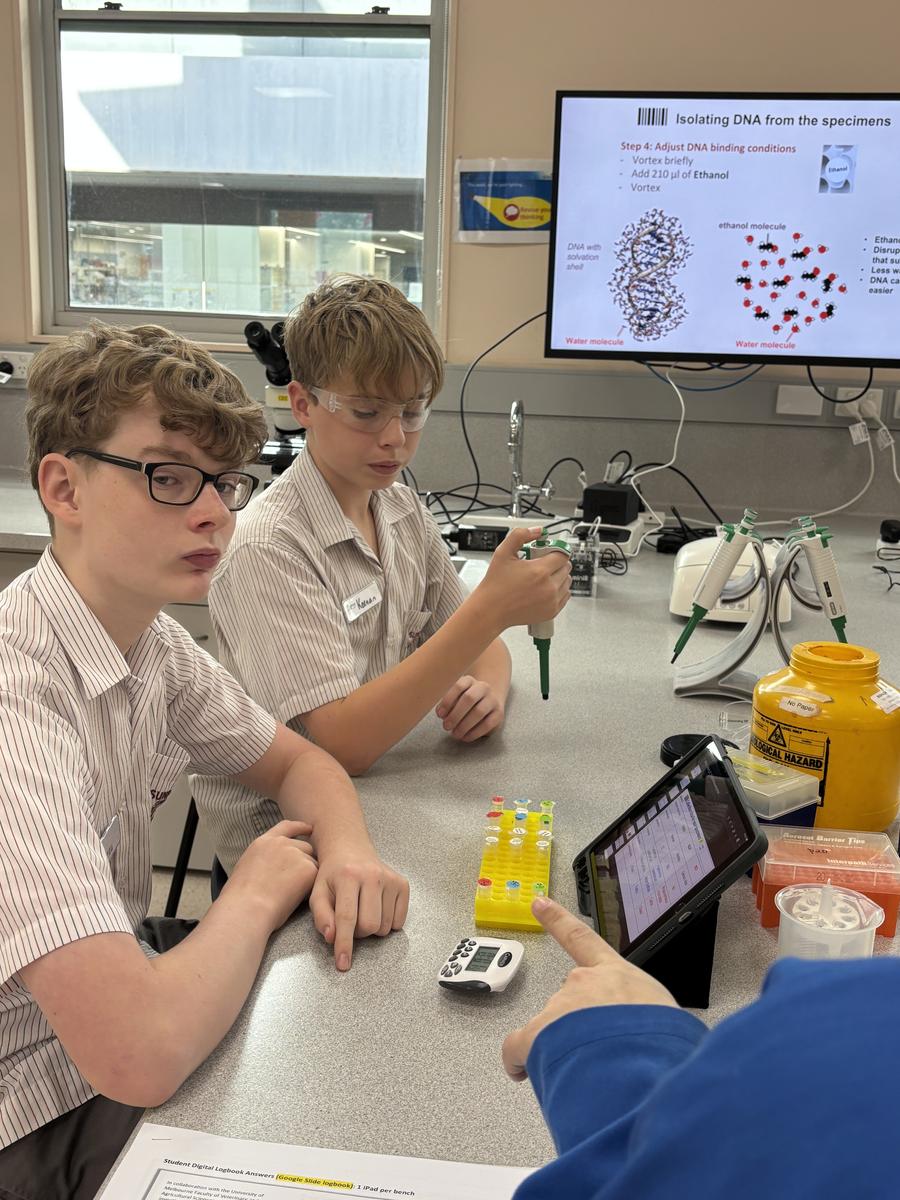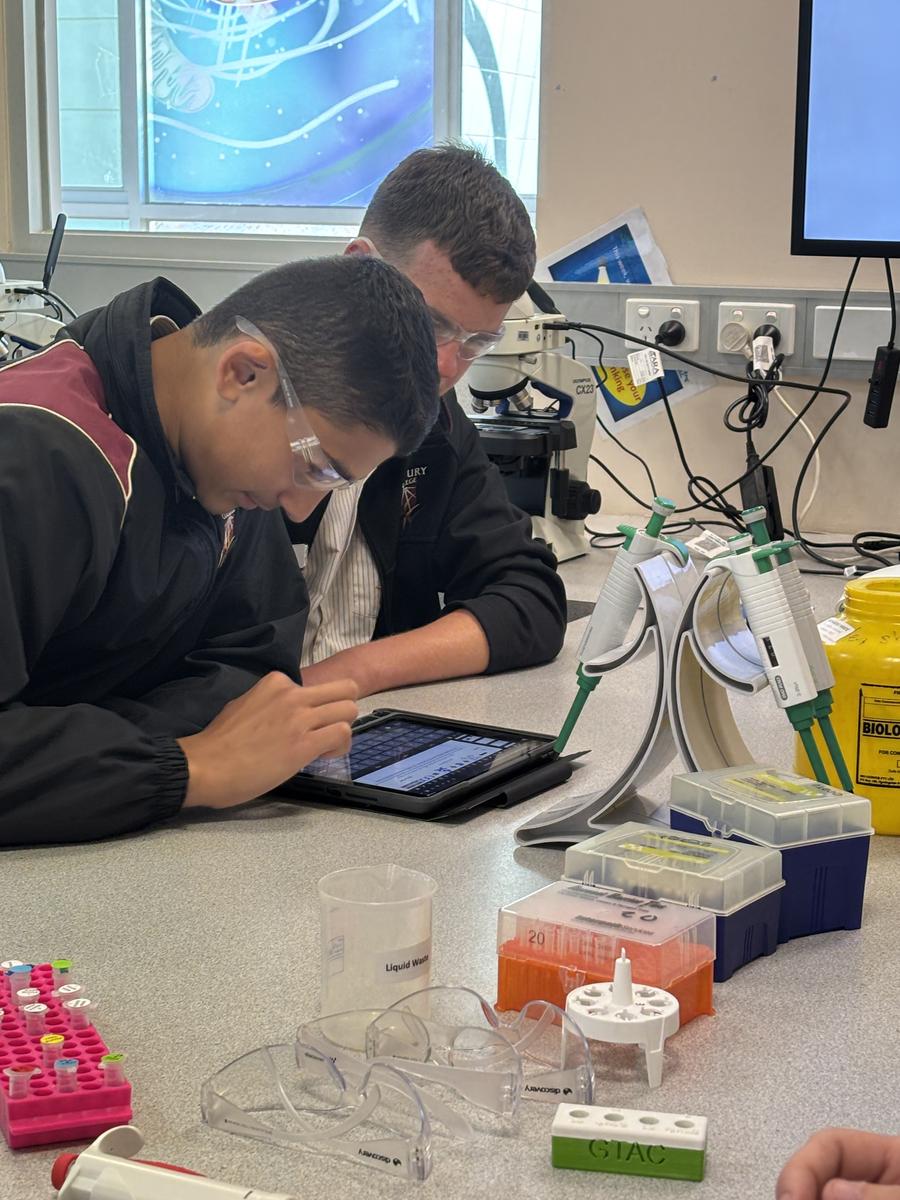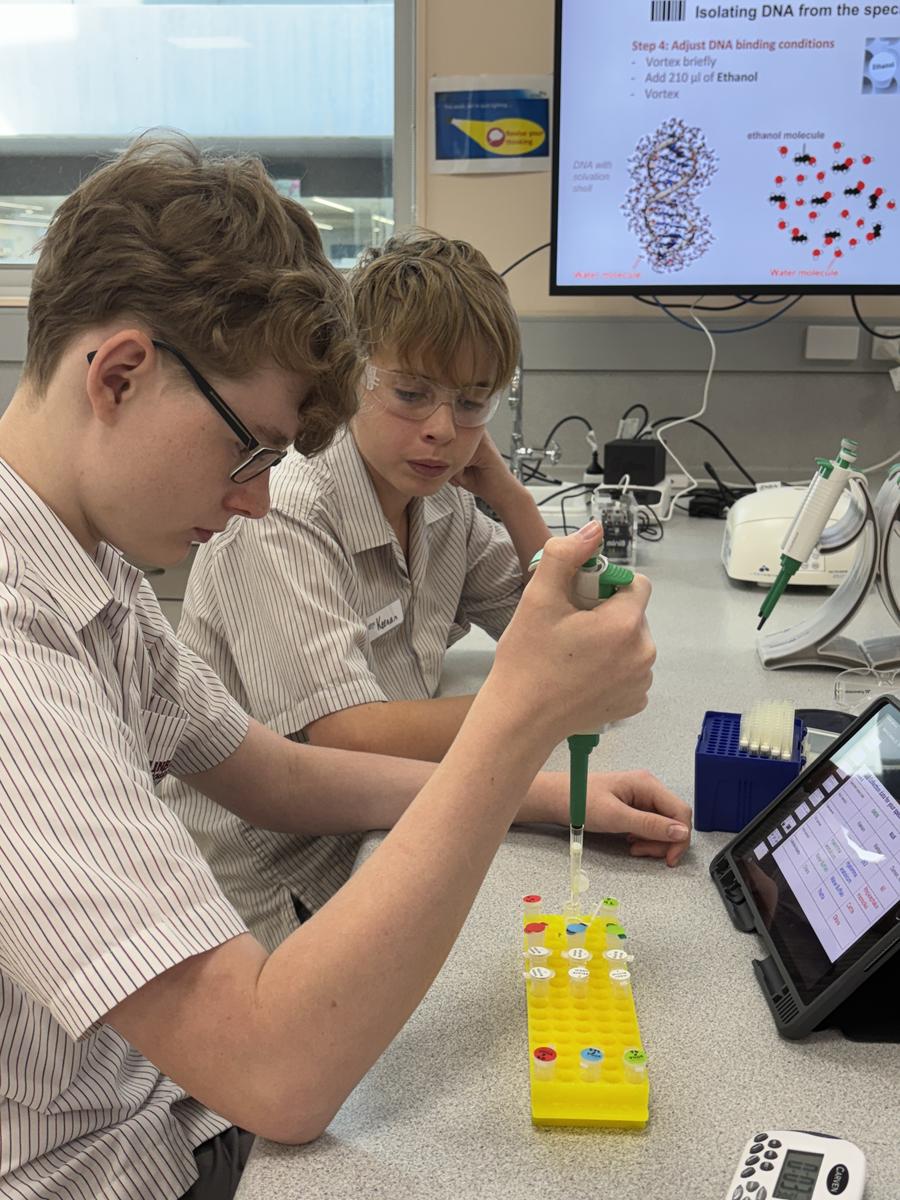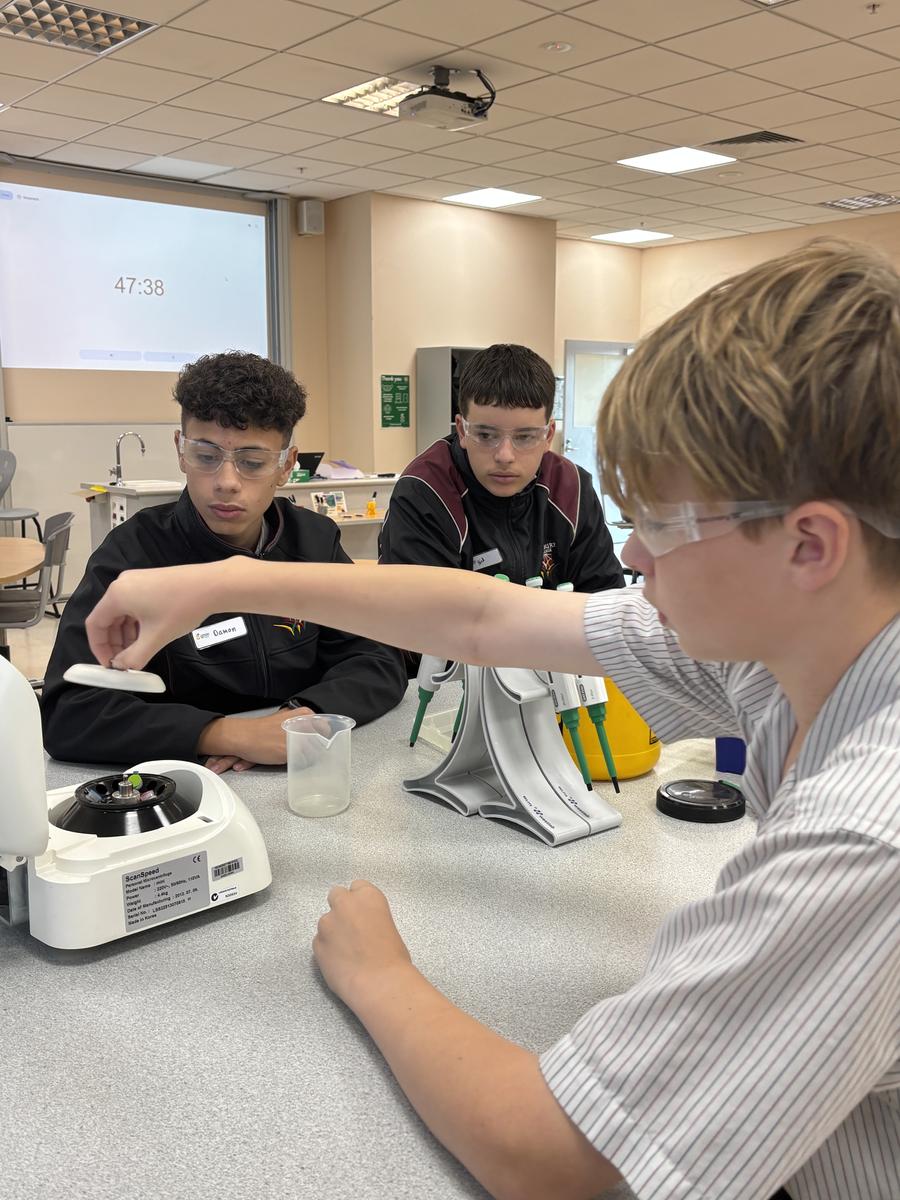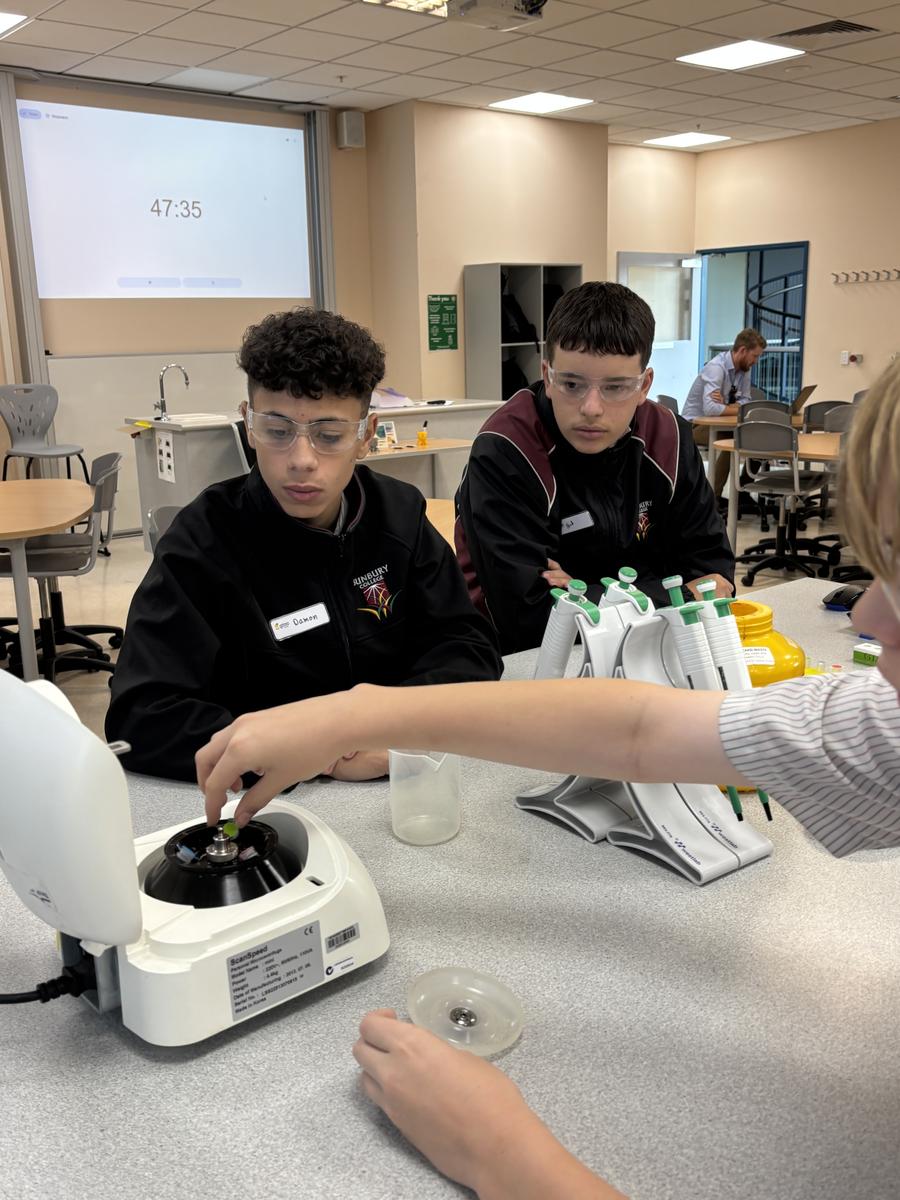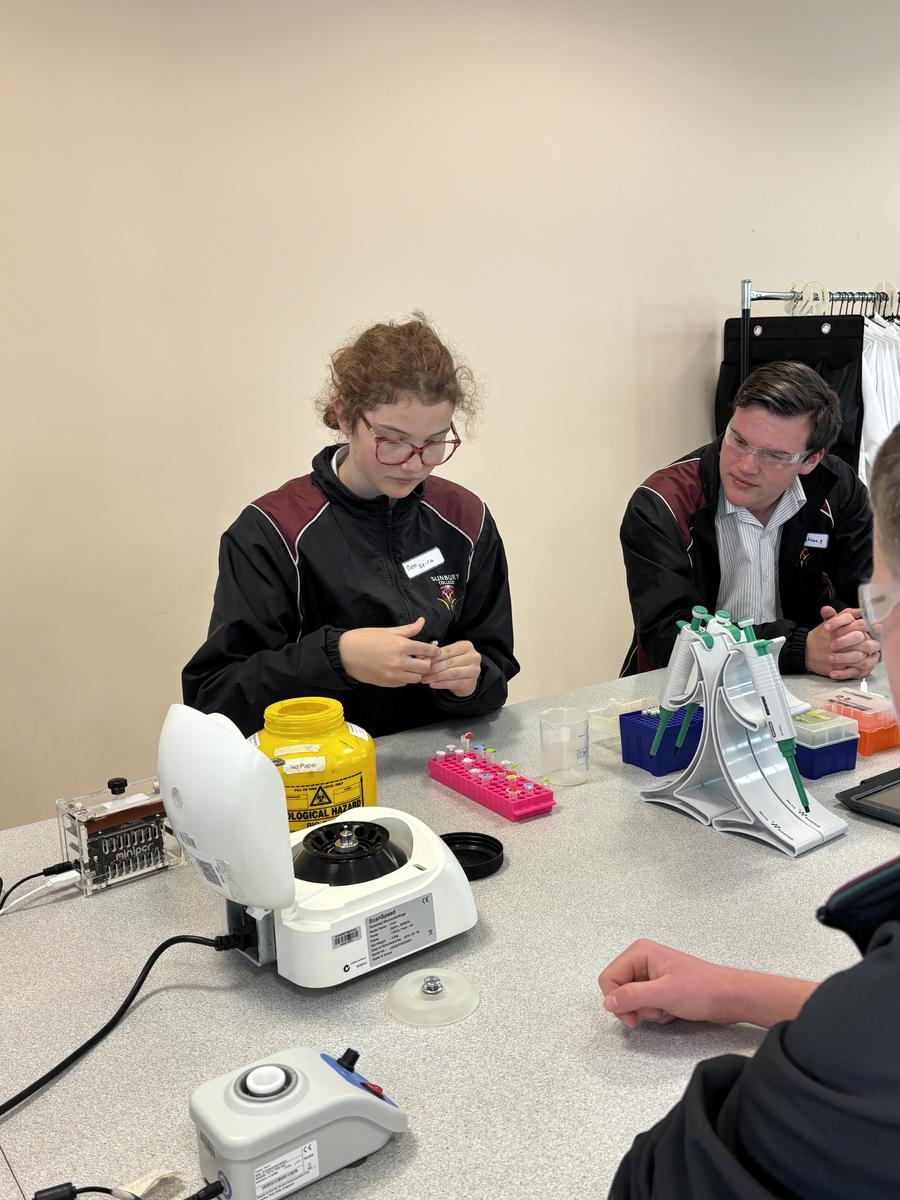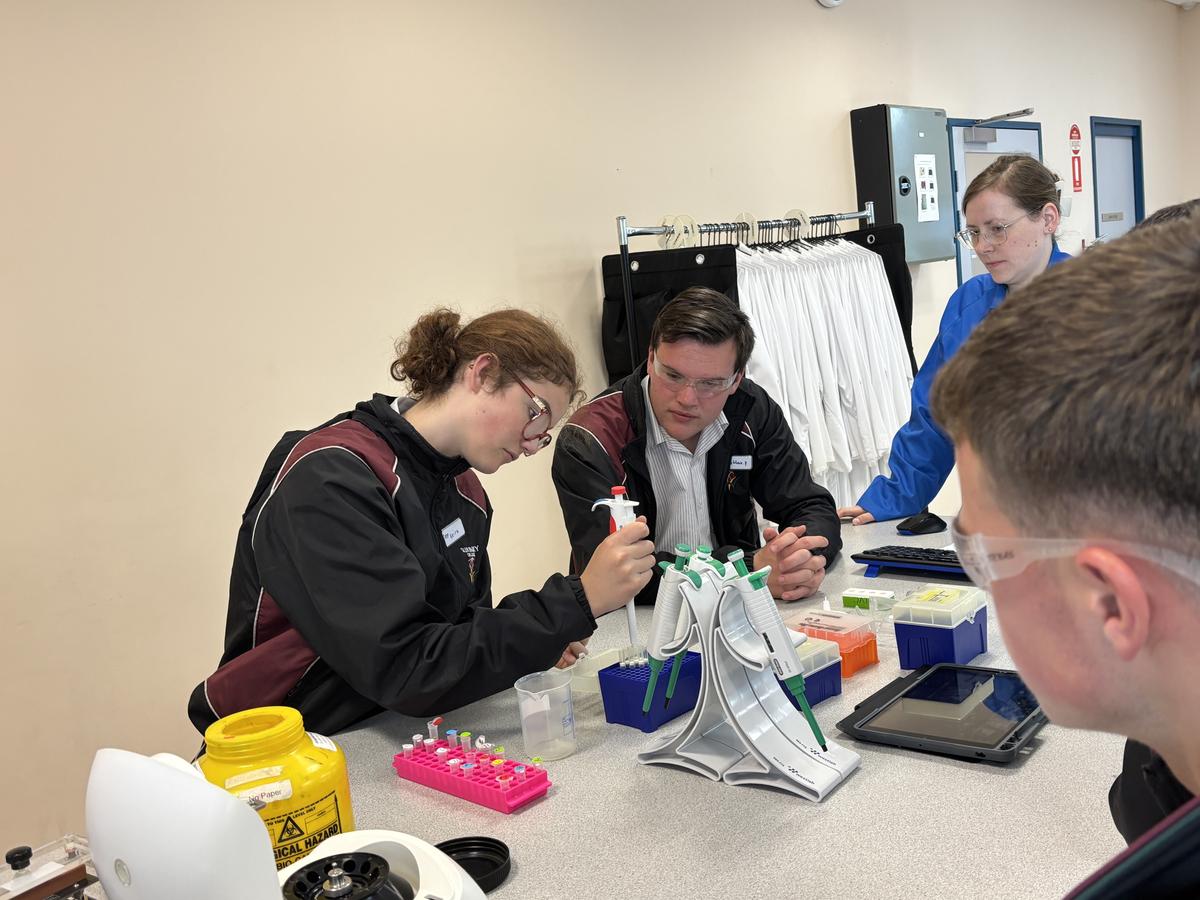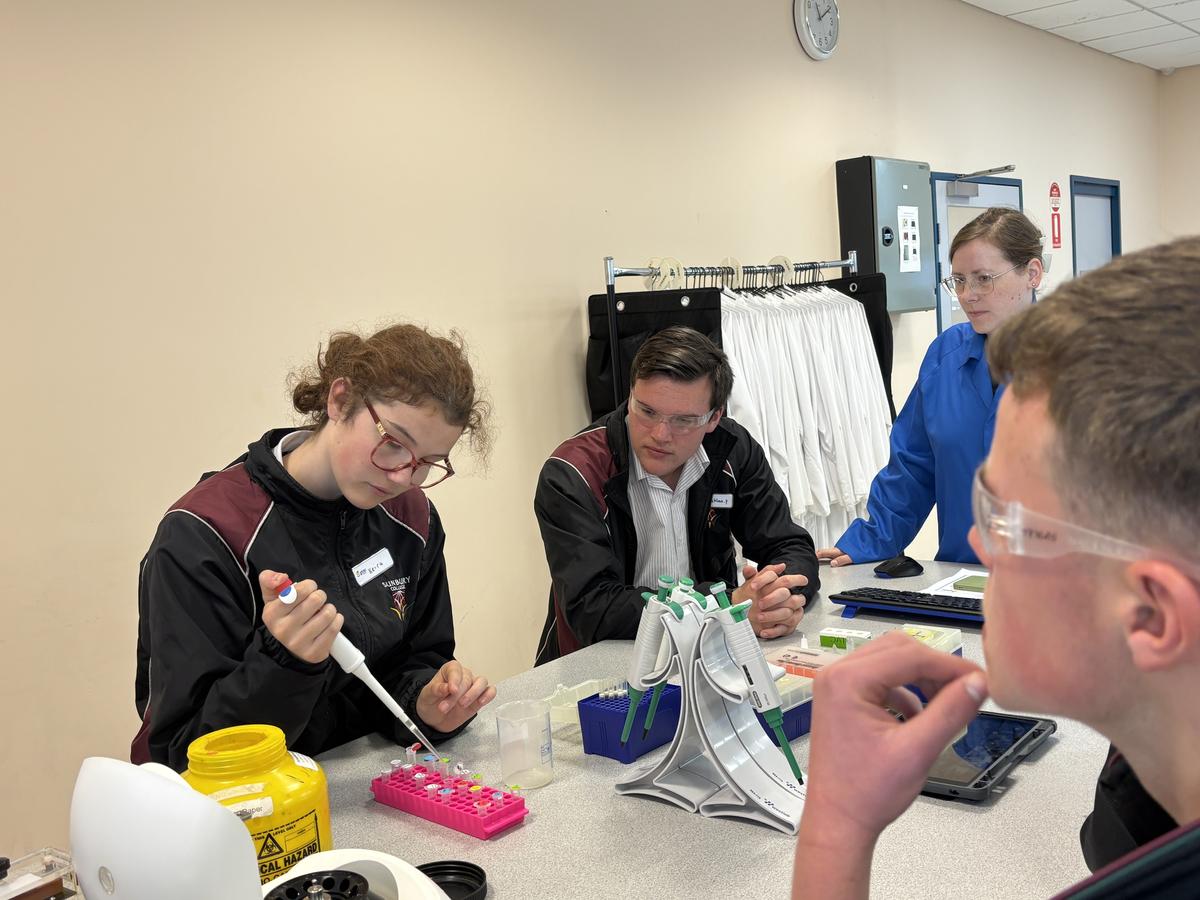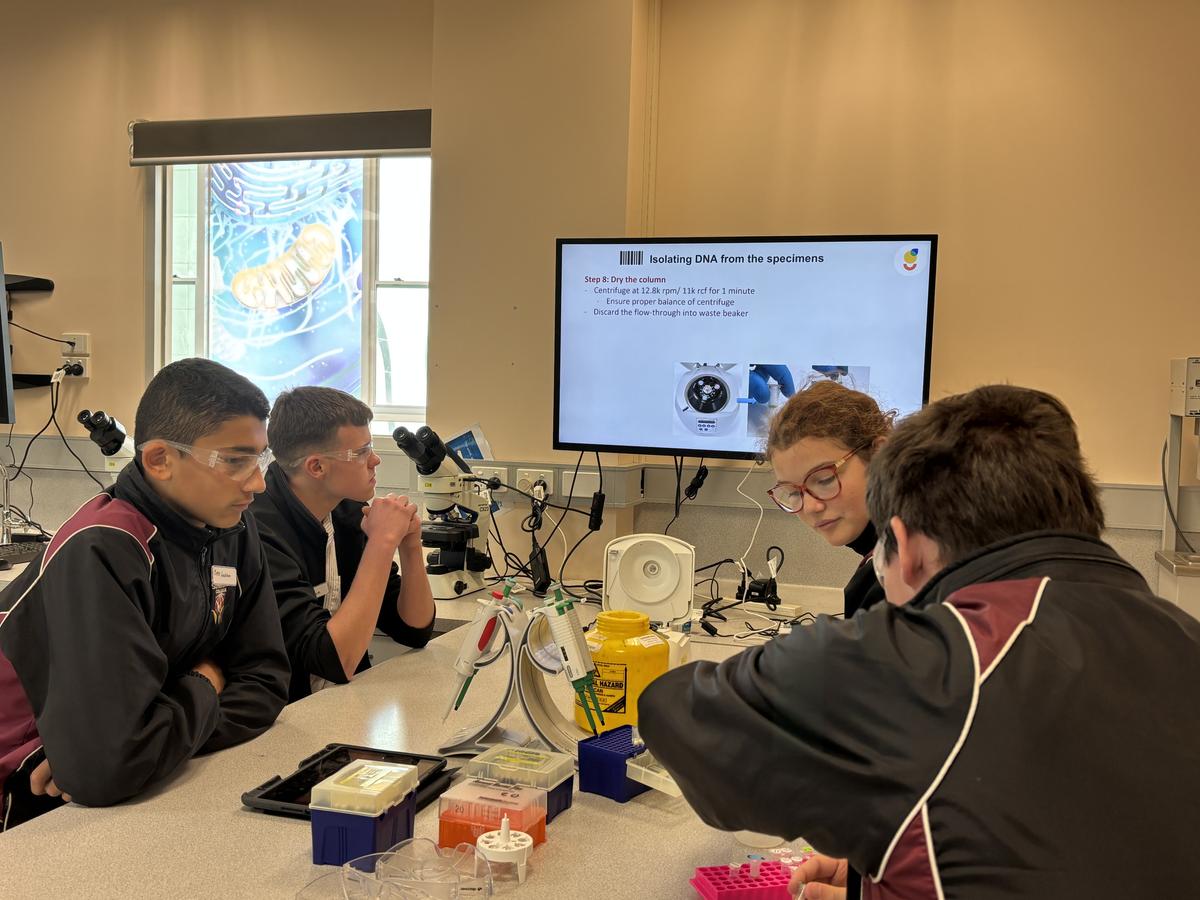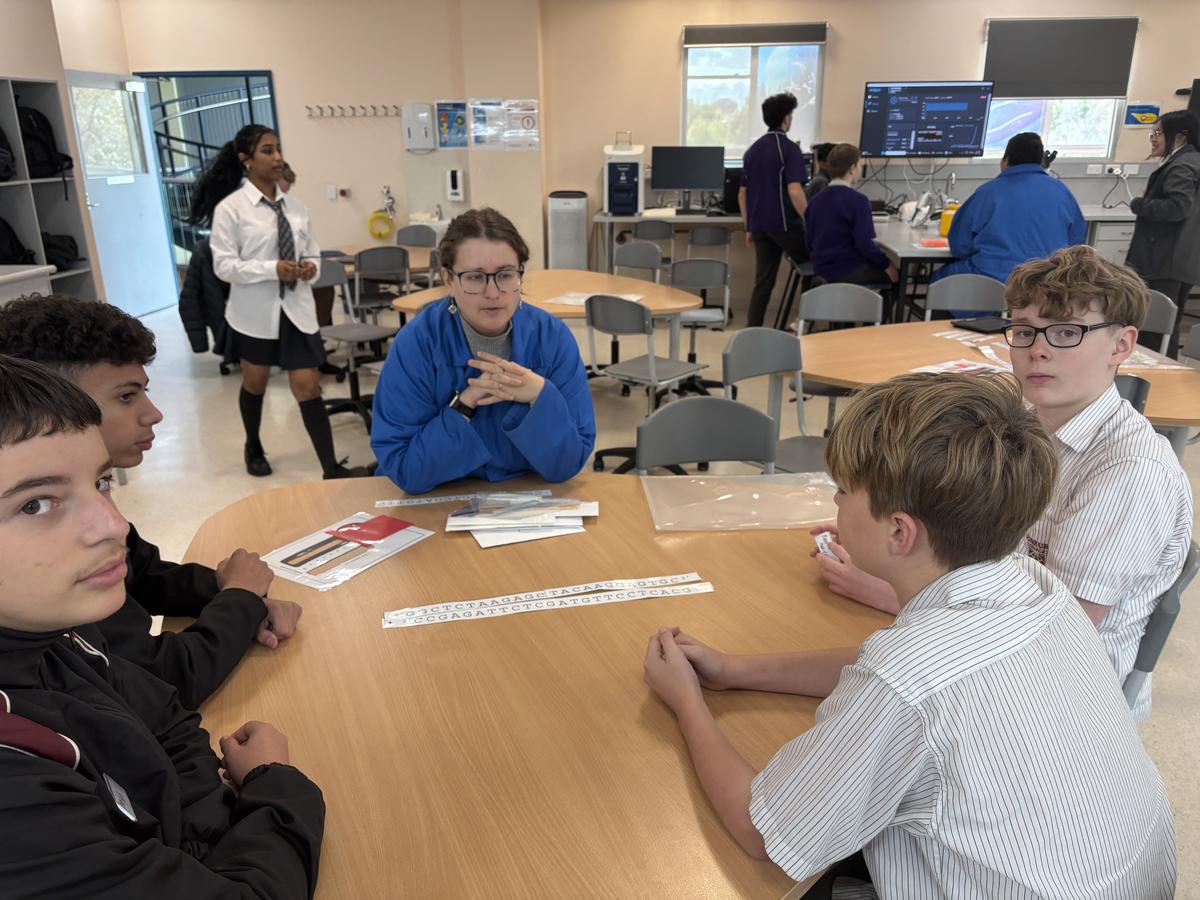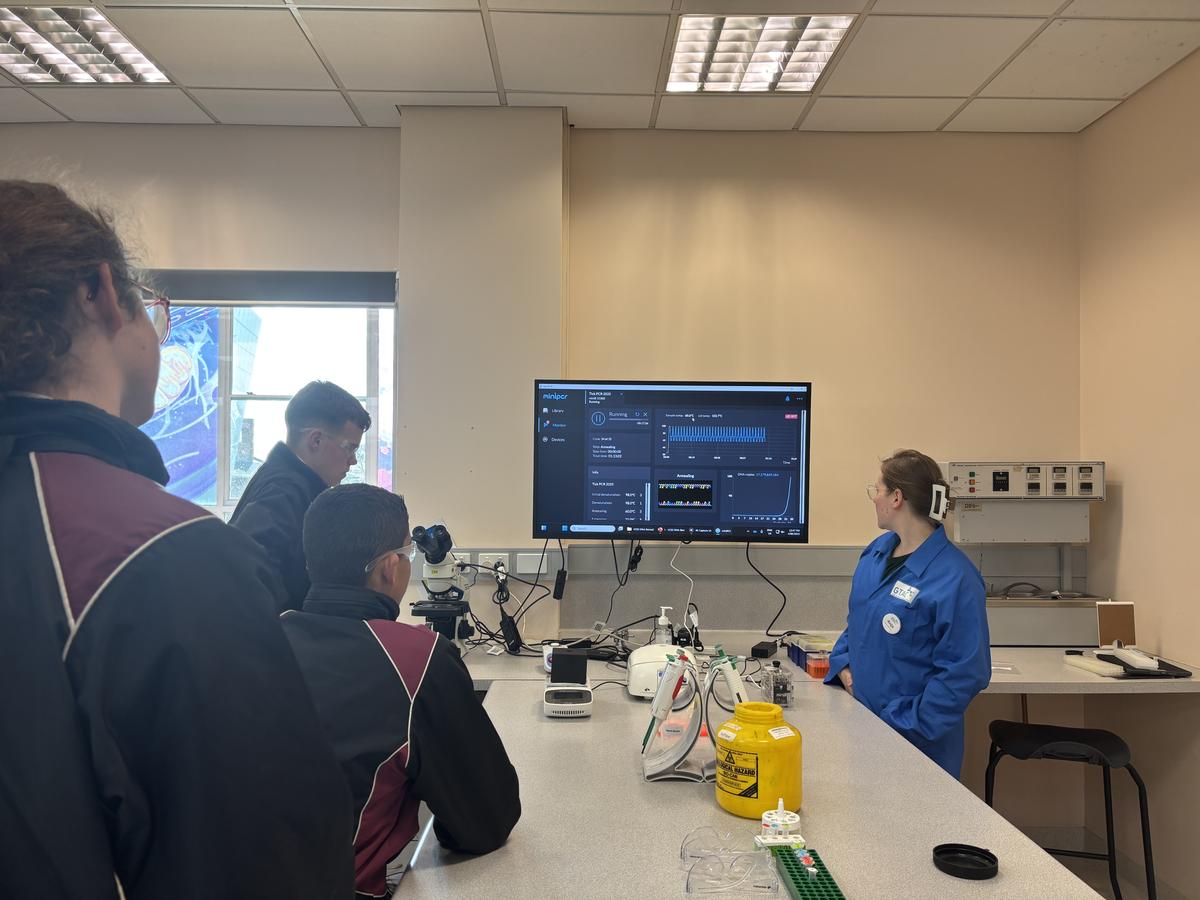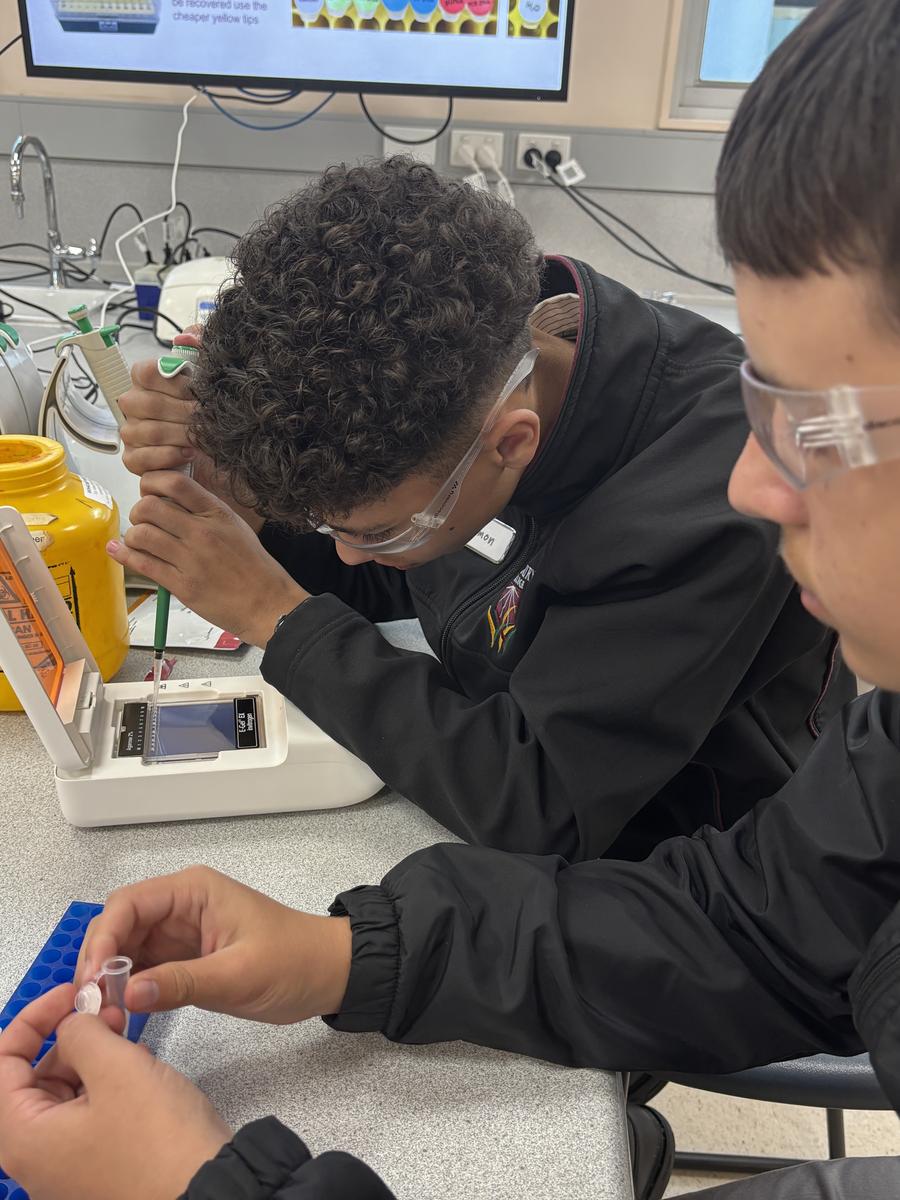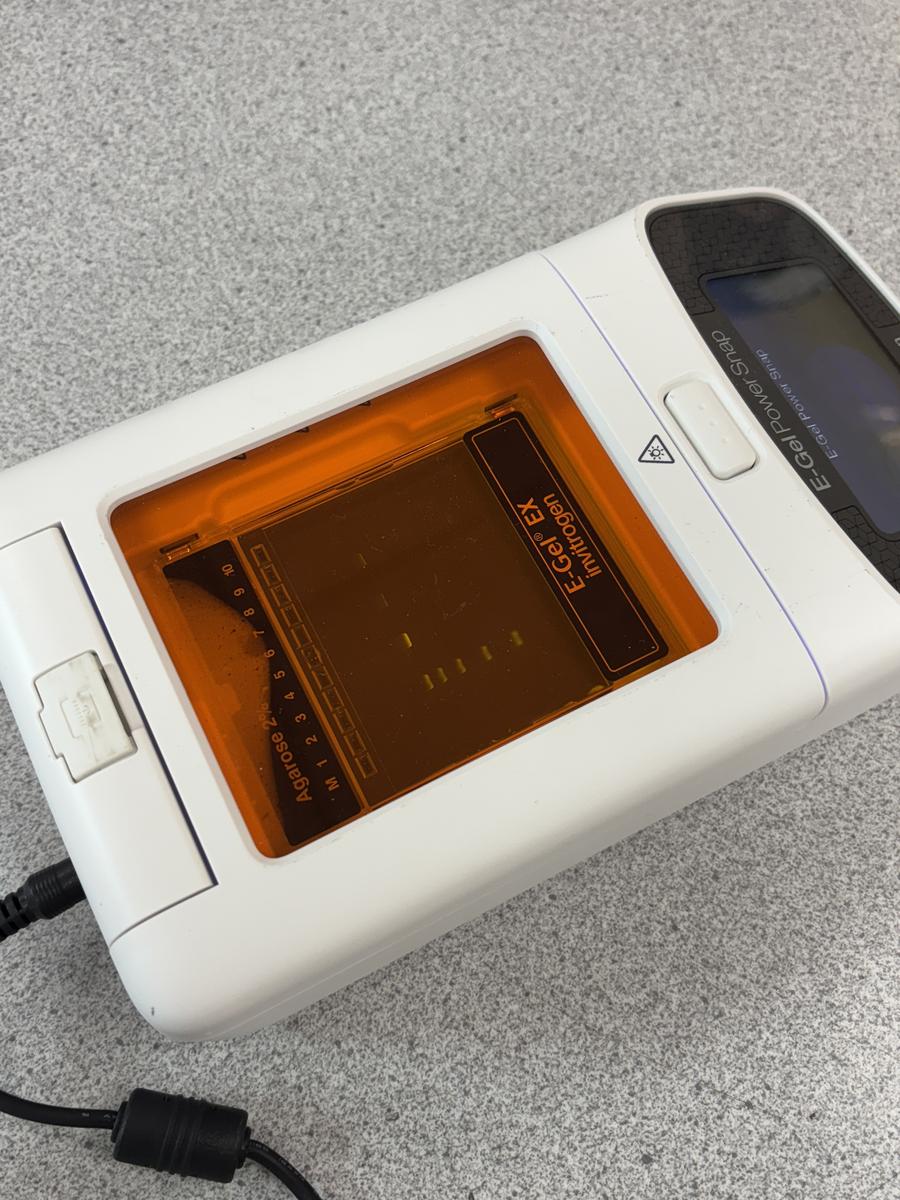STEM @ Sunbury
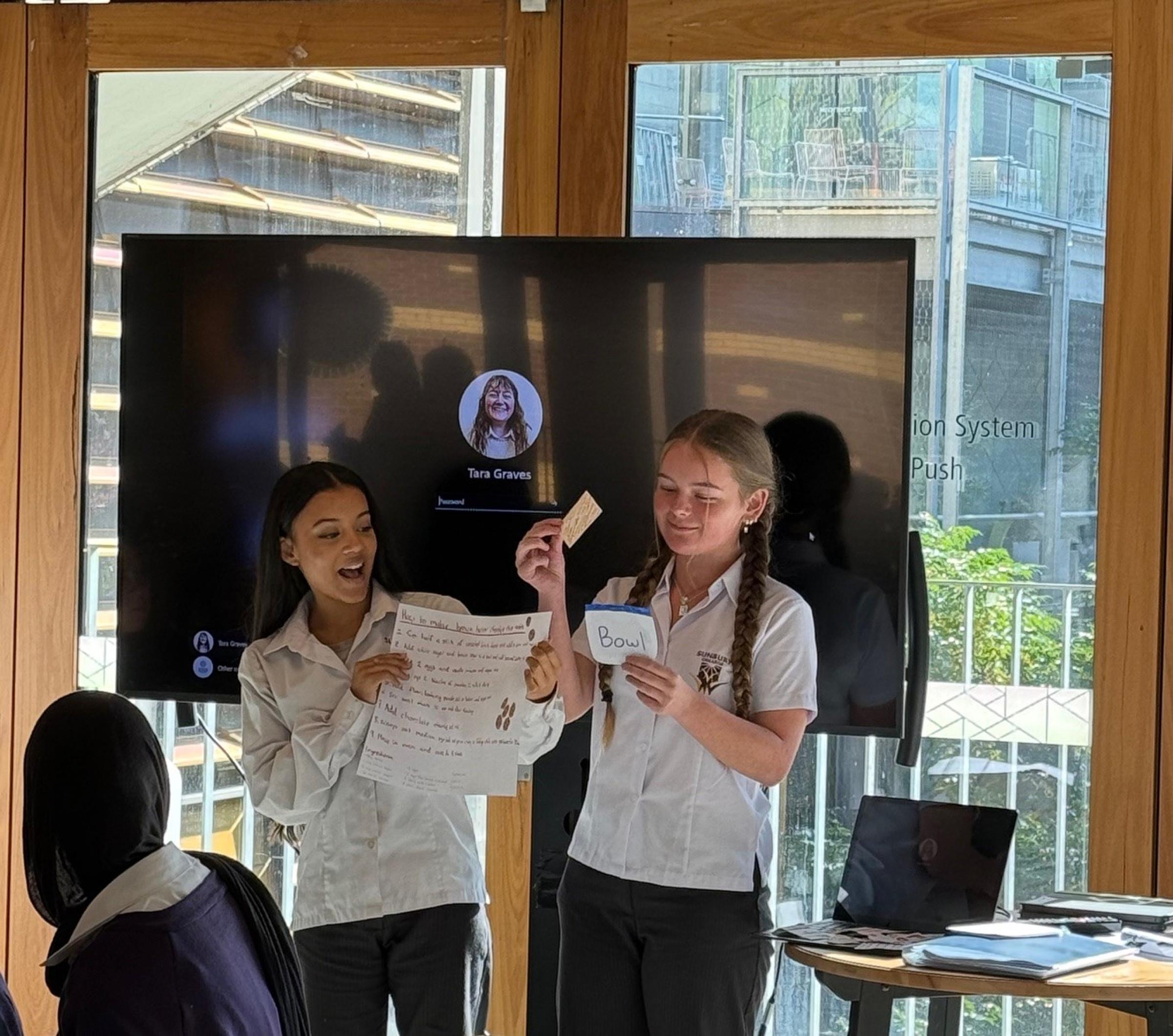
Inspiring the Next Generation of Scientists: Future STEM Leaders Program at RMIT
During Term 2, a small group of Year 9 students had the exciting opportunity to take part in RMIT University’s Future STEM Leaders Program—an initiative designed to inspire and empower young women to pursue pathways in science, technology, engineering and mathematics.
Throughout the program, students engaged with inspiring role models from a variety of STEM careers, gaining valuable insight into the diverse opportunities available in the field. They also developed key academic and leadership skills by practicing scientific research methods and refining their public speaking abilities.
A major highlight of the day was a series of hands-on chemistry workshops, where students investigated real-world scientific concepts through engaging experiments:
- Detecting Vitamin C: Students used juice titration to measure vitamin C levels in various liquids.
- Emulsions: They explored the science behind creams and lotions by testing the consistency and stability of different medicinal emulsions.
- Alka-Seltzer Rockets: This exciting activity turned indigestion tablets into mini-rockets, demonstrating chemical reactions and gas production.
- Neutralising Stomach Acid: Students observed how liquid antacids reduce stomach acidity and gas build-up.
The day was a wonderful celebration of curiosity, collaboration, and scientific thinking. Programs like this are instrumental in helping young women envision themselves as future leaders in STEM. We look forward to hosting a local primary school next term, where participants will run these experiments and teach the young students about pharmacy.
Year 9
For the second year in a row, Year 9 students recently had the exciting opportunity to take part in a DNA barcoding excursion at the Gene Technology Access Centre (GTAC) in Melbourne. Accompanied by Miss Cosoleto and Mrs Crawford, the students stepped into the shoes of real scientists for the day, working in a state-of-the-art laboratory environment.
As part of the excursion, students participated in a Tick DNA replication investigation, where they explored the fascinating world of genetic identification. Using techniques such as DNA extraction, PCR (Polymerase Chain Reaction), and gel electrophoresis, they were able to replicate and analyse a specific region of tick DNA to help identify species through genetic barcoding.
The hands-on experience not only deepened their understanding of genetics and biotechnology but also highlighted how these tools are used in real-world applications like biodiversity research and disease control.
The day was filled with curiosity, collaboration, and discovery, sparking a passion for science and opening students’ eyes to potential careers in the STEM field.
Well done to all the students who represented the school with enthusiasm and maturity!
